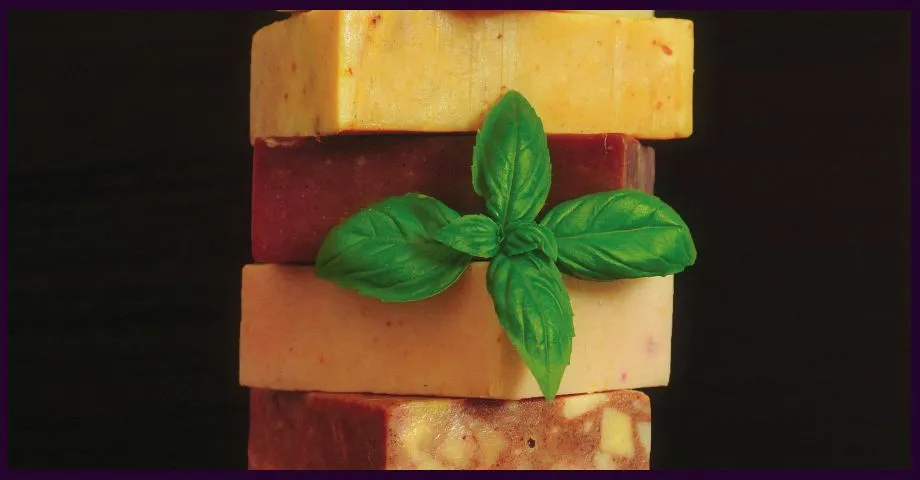Living with chronic pain can be challenging, especially when relying on long-term painkiller use. However, there are ways to enhance your zest for life, even while managing pain. In this article, we’ll explore effective strategies to promote well-being and make the most of each day despite the ongoing use of painkillers. By prioritizing self-care, adopting alternative pain management approaches, and embracing positive lifestyle changes, you can revitalize life while managing chronic pain and regain your passion for life.
Understanding the Pros and Cons of Painkiller Use
Before diving into strategies for increasing zest for life, it’s essential to recognize the pros and cons of painkiller use. Painkillers can relieve and improve daily functioning, but they come with potential drawbacks, such as the risk of addiction and side effects. Making an informed decision about painkiller usage is crucial, and consulting with a healthcare professional is advised to ensure responsible and monitored use.
Promoting Zest for Life with Painkillers
While it may seem counterintuitive, painkillers can play a role in boosting your enthusiasm for life. Consider these suggestions for leveraging painkillers effectively:
- Timing is key: Take painkillers before engaging in new or exciting activities to help manage pain and fully participate in enjoyable experiences.
- Energy enhancement: Painkillers can temporarily boost when low on energy, allowing you to engage more actively in your favourite hobbies and social interactions.
- Amplifying pleasure: Painkillers can heighten your enjoyment of everyday pleasures. Whether savouring a delicious meal or engaging in creative pursuits, pain relief can help you fully appreciate life’s simple joys.
- Intimacy enhancement: Communicate with your healthcare provider about the potential benefits of painkillers in enhancing sexual pleasure. Open dialogue can help you explore ways to improve intimacy while managing pain effectively.
- Embracing physical activities: Painkillers can assist in managing discomfort, enabling you to participate in physical activities more easily. Consult your doctor for appropriate pain management strategies that allow you to exercise or other physical pursuits that bring you joy.
Exploring Painkiller Alternatives
While painkillers have their place, exploring alternative approaches to pain management can also contribute to your overall well-being. Consider the following alternatives:
- Acupuncture: This ancient Chinese practice has shown promising results in relieving pain. Seek a qualified acupuncturist who can tailor treatments to your needs.
- Massage therapy: Regular massages can alleviate muscle tension, improve circulation, and reduce pain. Consult a reputable massage therapist to determine the best technique for your condition.
- Exercise: Regular exercise releases endorphins, natural pain-relieving chemicals in the body. Find activities that suit your abilities and preferences, such as walking, swimming, or yoga.
- Nutritious diet: Opt for an anti-inflammatory diet rich in fruits, vegetables, whole grains, and healthy fats. Minimize processed foods, sugary drinks, and excessive alcohol consumption, as they can exacerbate inflammation and pain.
Remember, your mental health is equally important. If you experience depression or anxiety, seek support from a mental health professional who can guide you through these challenges.
Revitalizing Life While Managing Chronic Pain
Managing chronic pain is undoubtedly a journey, but it doesn’t have to define your entire existence.
By combining responsible painkiller use, exploring alternative pain management strategies, and incorporating positive lifestyle changes, you can revitalize your zest for life. Prioritize self-care, nurture your passions, cultivate meaningful connections, and celebrate the small victories along the way. Remember, you have the power to lead a fulfilling life despite the challenges that chronic pain presents.




